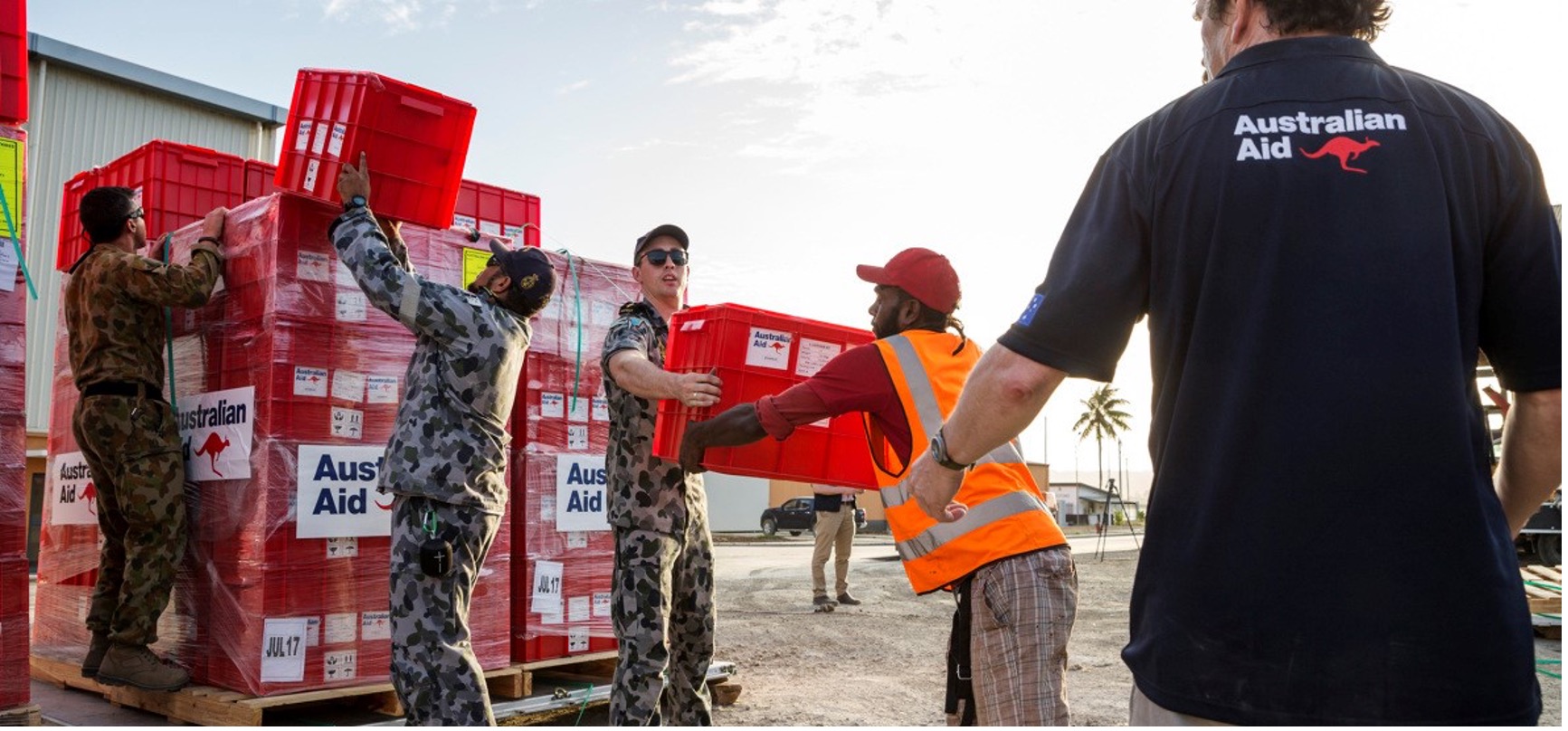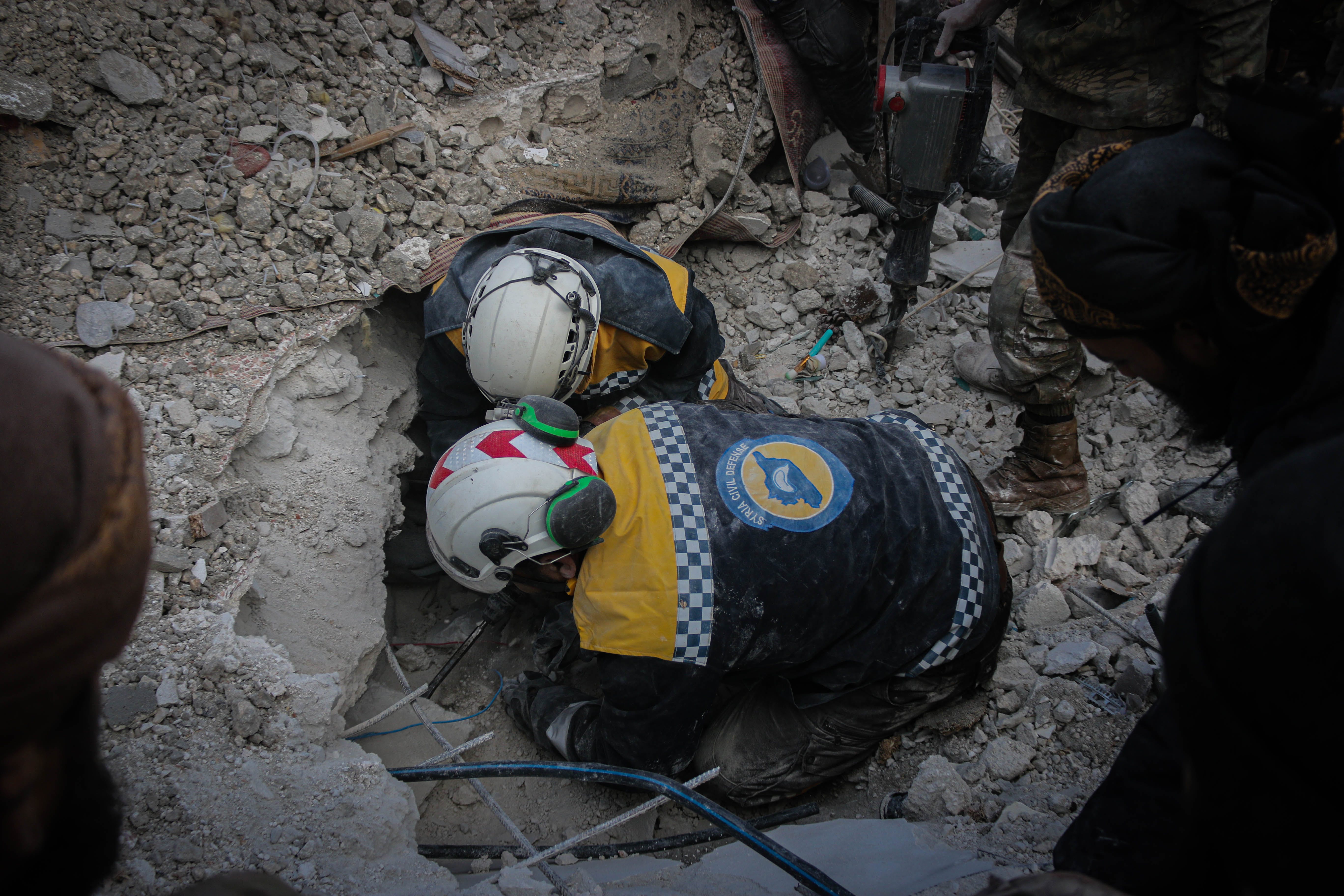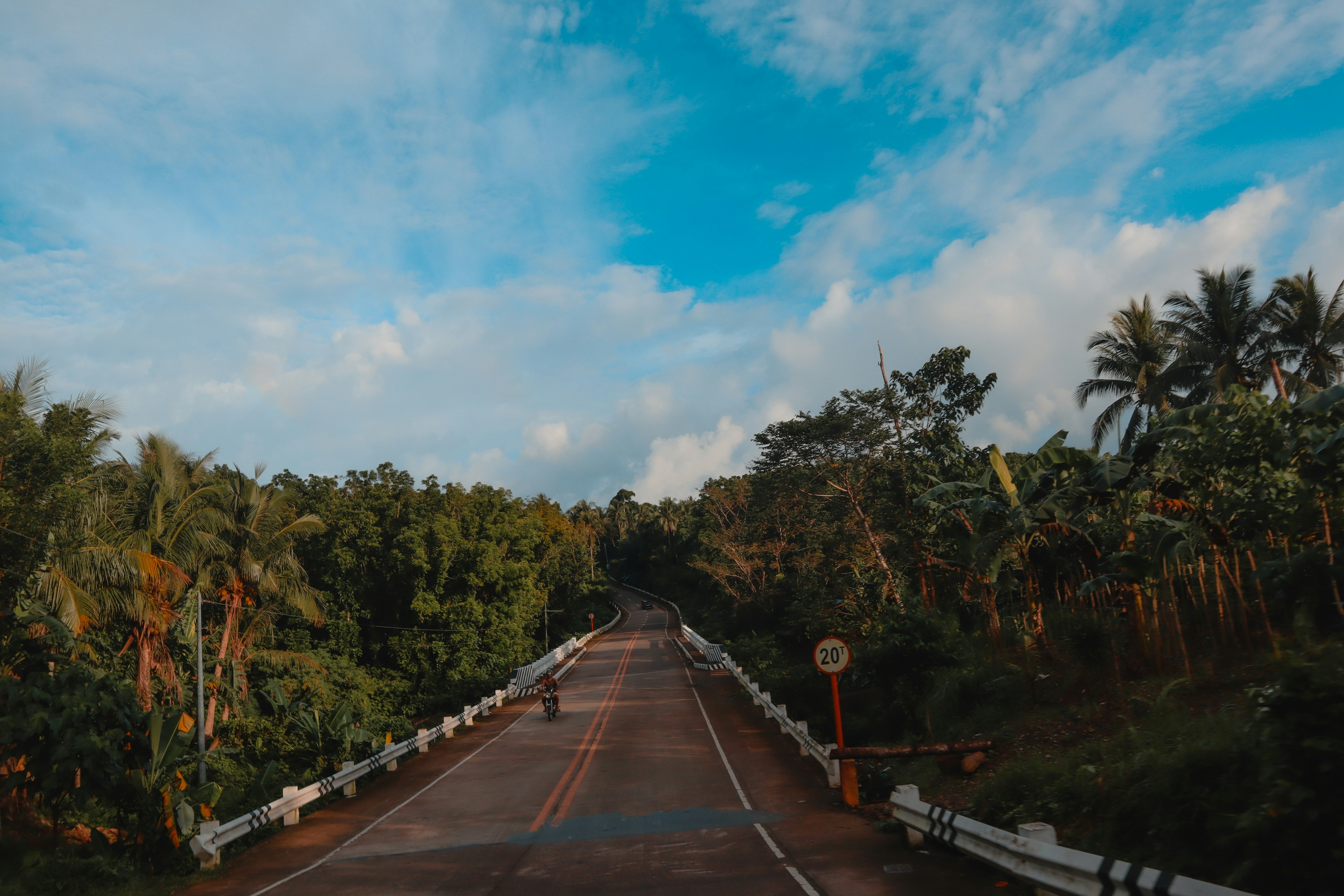This week, the Pacific Islands Association of Non-Government Organizations (PIANGO) and Humanitarian Advisory Group (HAG) released our latest collaborative piece: a rapid guide to supporting locally led disaster response in the Pacific in the context of COVID-19.
As the COVID-19 pandemic began to force people into social isolation, and governments to close borders and enforce strict quarantine measures, we began to think about what such a context would mean in the event of another rapid-onset emergency in the Pacific, or indeed around the world. The context of necessary restrictions for the safety and well-being of both citizens and aid workers due to the pandemic affects key aspects of humanitarian response like human resourcing and surge capacity, humanitarian coordination, logistics, financing, and more.
During the first week of April 2020, Tropical Cyclone Harold made landfall across the Pacific in Fiji, Vanuatu, the Solomon Islands and Tonga, causing widespread destruction and significant damage across all four countries. At least 160,000 people were affected in Vanuatu, which was hit the hardest by the cyclone. The Pacific region has been responding to this disaster for the last few weeks, all within the context of the COVID-19 pandemic.
The governments of Fiji, Tonga and Vanuatu had all already instigated nation-wide lockdowns for COVID-19 in advance of this disaster, and all four countries hit had already declared a state of emergency in response to the pandemic. The Pacific region has been leading the response to this unprecedented ‘double disaster’.
“International actors have had to adapt responses and programming across the Pacific to respond to both TC Harold and COVID-19. International surge has been significantly reduced in a way that we haven’t seen with previous responses. This has enabled conversations and actions about how to effectively support locally led responses in different ways,” notes HAG Leader Josie Flint, co-author of this paper and four Pacific localisation baselines.
PIANGO and HAG, having worked together to produce four baseline reports on localisation in the four affected countries in 2019, have drawn on previous research and learning across the sector to offer a guidance document on 5 key ways to support locally led disaster response in the Pacific under the context of COVID-19.

Image Credit: Humanitarian Advisory Group & Pacific Islands Association of Non-Government Organisations
So, how can humanitarian actors support the locally-led disaster responses in the Pacific now, and throughout the pandemic?
- STRENGTHEN PARTNERSHIPS AND COMPLEMENTARITY
Relationships and partnerships between international and national actors are always critical to effective response, and never more so than during this context of remote, and perhaps limited, support. This overview urges actors to start by asking their national and local partners what support they need, and how it could be effectively provided during pandemic conditions. It is more important than ever to be having open, honest conversations led by national and local partners and their needs – actors need to ensure they’re establishing clear two-way commitments, and guiding principles for their partnerships, led by their partners. This is also key to minimising risk transfer – an important consideration for actors during this time.
- ADAPT POLICIES, SYSTEMS AND PROCESSES TO ACCOMMODATE NEW WAYS OF WORKING
New ways of working are no longer preferable or optional, but have become an inherent necessity under new circumstances. In order to keep up with partners’ needs under unprecedented challenges, it will be critical for actors to adapt the policies, systems and processes that would have been used in previous responses.
Flexibility is key, as the context is evolving rapidly and could continue to present new, unforeseen challenges – the structure of programs and agreements must account for this, as well as reporting and monitoring & evaluation systems. This context may lead to some necessary waivers on data gaps, or potentially actors will need to consider limitations on reporting. It is crucial that international actors are able to amend measures, standard operating procedures and contingency funds to be able to quickly and flexibly respond to contextual changes, whilst also supporting their partners to adapt their systems and communications infrastructure.
Actors should reference existing tools to support these shifts and adaptations, such as these tools on measuring localisation and remote MERL guidelines for COVID-19.
- FUND LOCAL AND NATIONAL ACTORS TO SUPPORT LOCALLY LED RESPONSES
We know from previous evaluations and our baselines that direct funding to local and national actors in the Pacific is already insufficient, despite some progress on the issue in recent years. During this crisis, when other forms of support have been hindered or completely ruled out, increased funding for local and national actors is more important than ever for effective response.
It is crucial for actors to have clarity and openness around the funding that will be going directly to national partners during this response, both around how much is available and how flexibly it may be used to adapt to contextual needs. There will also likely be extra costs associated with a response that maintains safe social distancing, which need to be accounted for as well.
- SUPPORT NATIONAL COORDINATION MECHANISMS AND PROCESSES
Coordination mechanisms must be adapted quickly to accommodate new remote ways of working. National coordination platforms are really important in coordinating both the response to the cyclone, and the health emergency however they remain under-resourced. It’s important for actors to be resourcing these coordination mechanisms and to ensure this resourcing is part of discussions had with partners.
Share any information on effective coordination mechanisms, and how coordination can be done well whilst utilising more remote coordination modalities wherever it’s appropriate.
- SUPPORT ETHICAL LOCAL RECRUITMENT, LOCAL SURGE AND HUMAN RESOURCING
Human resources are essential to an effective nationally led response – but they aren’t possible without national partners having a budget for human resources, recruitment and accounting. Actors should establish budget lines for these things wherever possible. This will facilitate the resourcing of technical expertise locally, ability to fill gaps with remote support or establish a buddy system for example between head and national offices.
Work with your partners to discuss what support and resources are needed, remotely and locally.

Image Credit: Humanitarian Advisory Group & Pacific Islands Association of Non-Government Organisations
Opportunities to leverage learning
We are all required to work differently during this context. This response could establish new ways of working in humanitarian action that we can learn from and build into future disaster responses.
“Already many agencies are looking at emerging examples of locally led programming and response across the Pacific to share and learn from each other. Whilst the impacts of COVID-19 and TC Harold have been challenging for countries to respond to, it provides an opportunity for international actors to further progress localisation commitments and think creatively about alternative support,” suggests Josie Flint.
So what is the most helpful thing an international aid worker could be doing right now?
“Discuss and share learning from the multiple examples of locally led responses across the Pacific,” says Josie, “and use this learning to inform better complementarity in the current context.”
“Five ways to support locally led disaster response in the Pacific during COVID-19” is available now to read and share with your networks.
Cover image: Photo by Stacie Lucas on Unsplash






